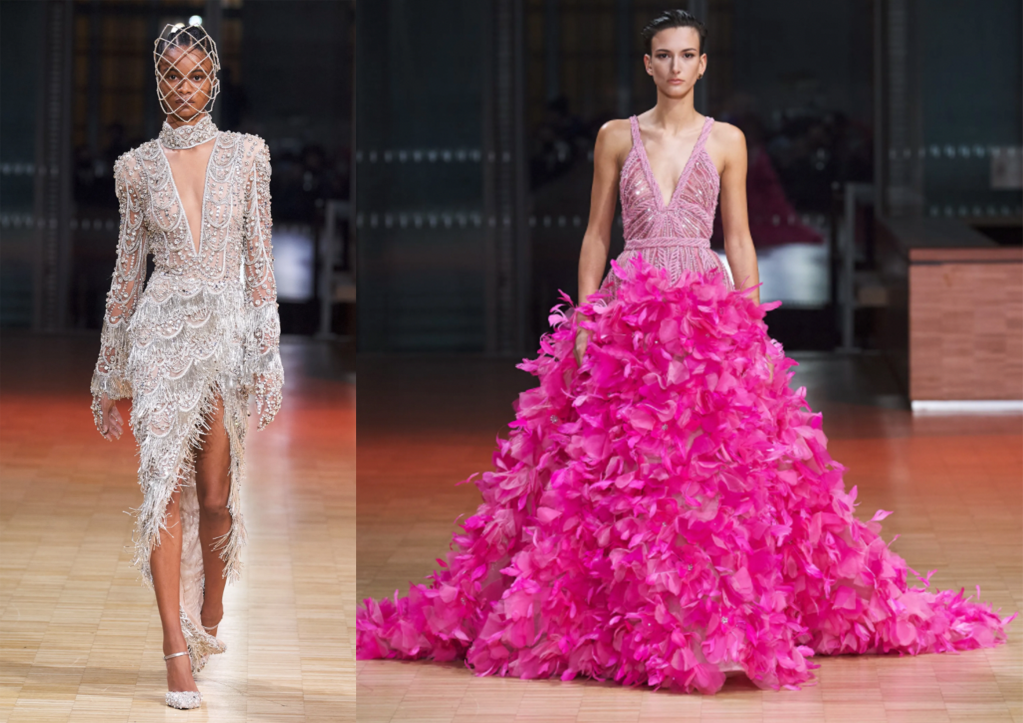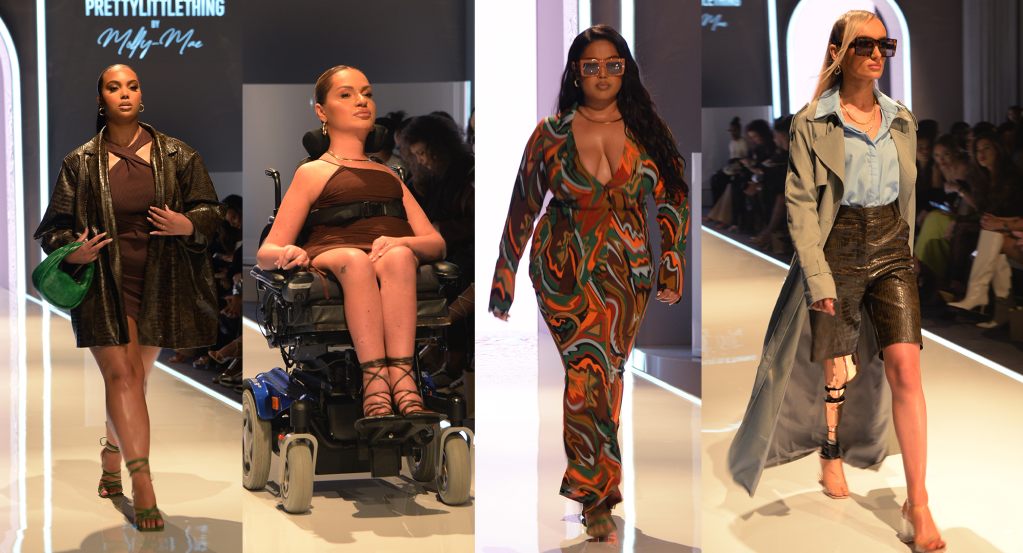
In the world of fashion, trends and cycles are what keep businesses moving, what excites the consumers and bubbles up conversations. Within the world of trends there are two main trend cycles that can be identified: trickle up and trickle down. The trickle-down theory is when a garment moves from being a part of a higher socioeconomic background- such as royalty, Princess Diana is a fantastic example of this, to becoming more accessible to the masses and being popular throughout Highstreet stores. The trickle-up theory, however, is quite the opposite and is when a designer finds a small sub-group of individuals dressing in a specific way and markets it to the upper classes. Quite an outdated way of the world, but this is fashion.
One of the most iconic and perhaps revolutionary examples of the trickle-up theory is the epitome of cool: Punk. Whilst in the fashion space today, punk is associated with big designer names, most famously Vivienne Westwood, the roots of punk are quite different. Let us go back in time to 1970’s London, the British economy was in a terrible state, unemployment was at an all-time high: the youth were angry and dissatisfied. Pair this with a love for punk rock music and you will find yourself a group of politically motivated and rebellious youngsters, ready to cultivate what we now look back on as a booming London punk scene. Throw in the newly found popularity of the marshall amp and you will find a generation of music lovers about to make a noise, not just in London, but globally in the fashion world.
Think mohawks, tartan & safety pins: this is punk. From world-renown bands such as Sex Pistols and the clash (whose logos are still used in high street garments today), to feminist icons such as the slits and X-Ray Spex. Punk & Feminism: the two go hand in hand & punk was one of the biggest UK (United Kingdom) based radical feminist movements.
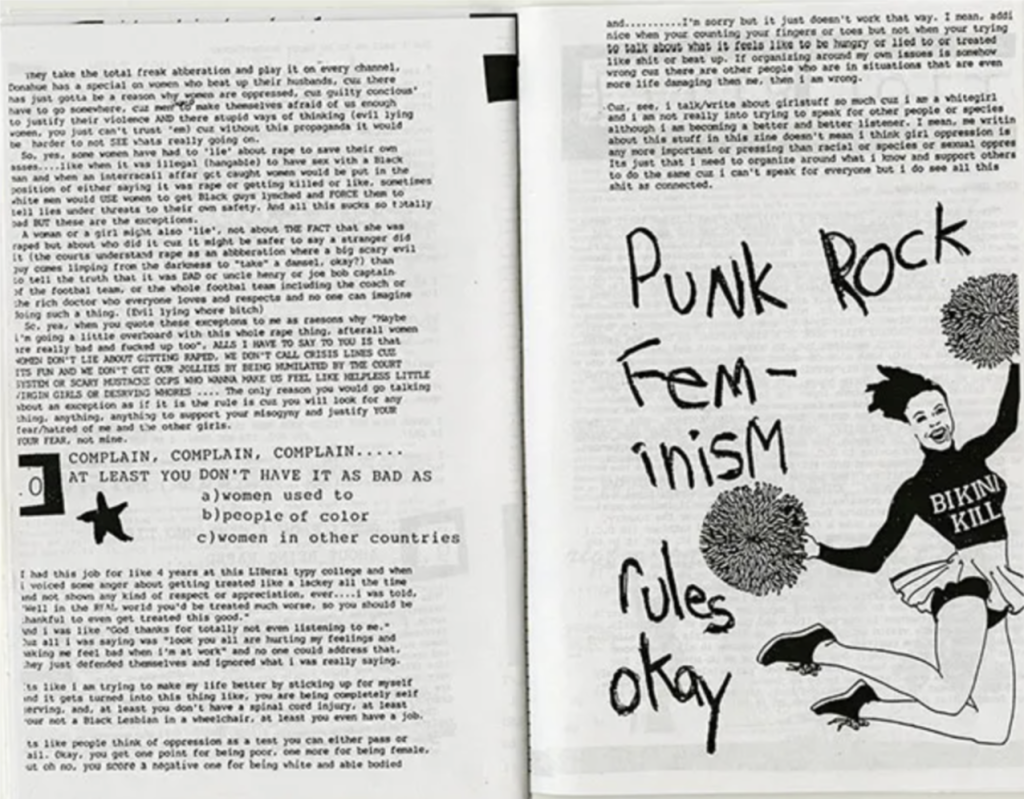
Fast forward to the 1990’s and Punk is still growing and booming more than ever, being known all over the world but still seen to be male-dominated. In the early 1990s in Washington, United States, a feminist punk movement broke out in the form of Riot grrrl. Riot grrrl is an underground feminist punk movement that still exists today, mainly in the form of a publication that curates a subcultural movement, combining feminism, punk music, and politics.
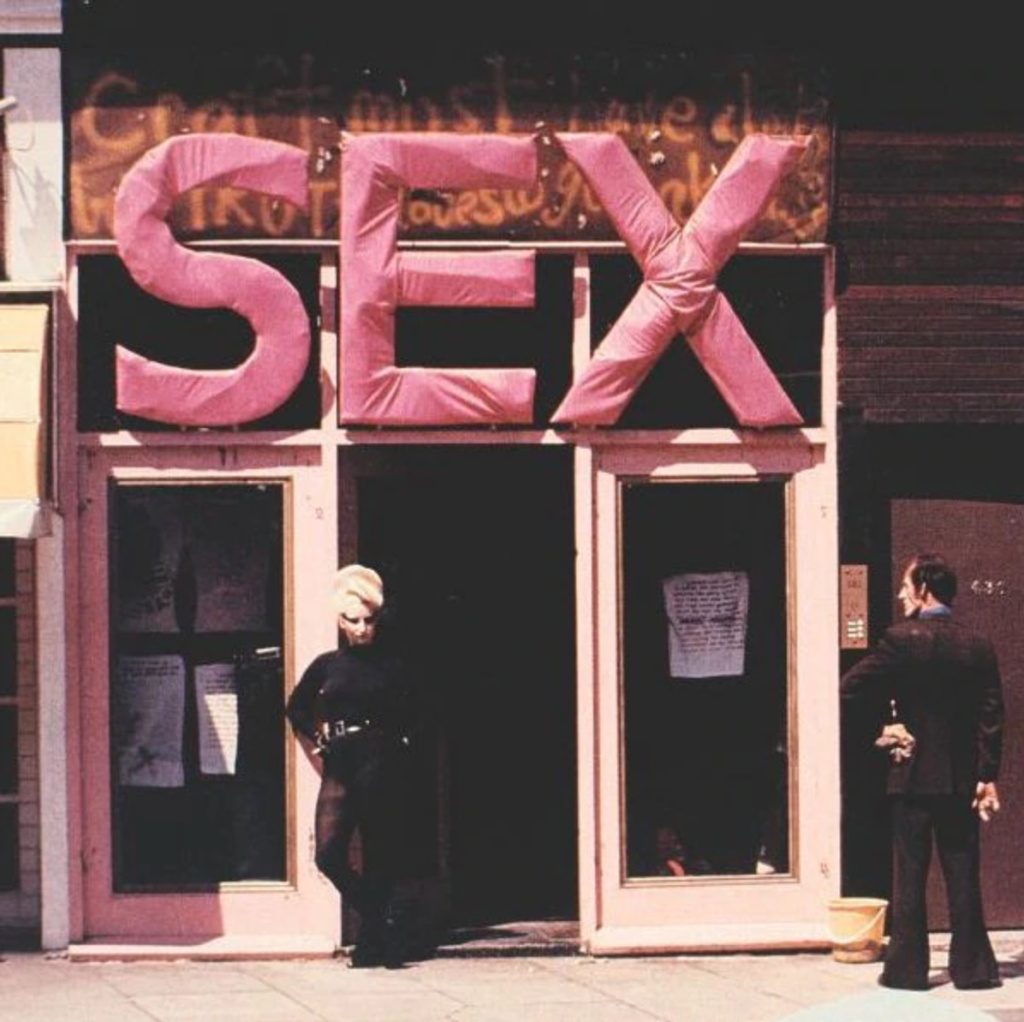
As punk became increasingly popular, the world of fashion noticed and thus it began to trickle up to mainstream fashion. Many think that the first high-end adopter of punk was Vivienne Westwood, however, this is not strictly true. Whilst Westwood was the first high-end designer to embody punk, it was in fact punk that catapulted her into fashion fame. Westwood was not alone in catapulting Punk to fashion fame, she did so working hand in hand with her partner Malcom Mclaren who was a band manager for a variety of punk bands at the time. Westwood and Mclaren opened the clothing shop named “SEX” which created a media frenzy and began a prosperous relationship between music and fashion, in which we see today. The curation of this shop helped the trend of punk to trickle up and become more popular, rather than be adopted by an already renowned designer such as how Jean Paul Gaultier adopted the trend.
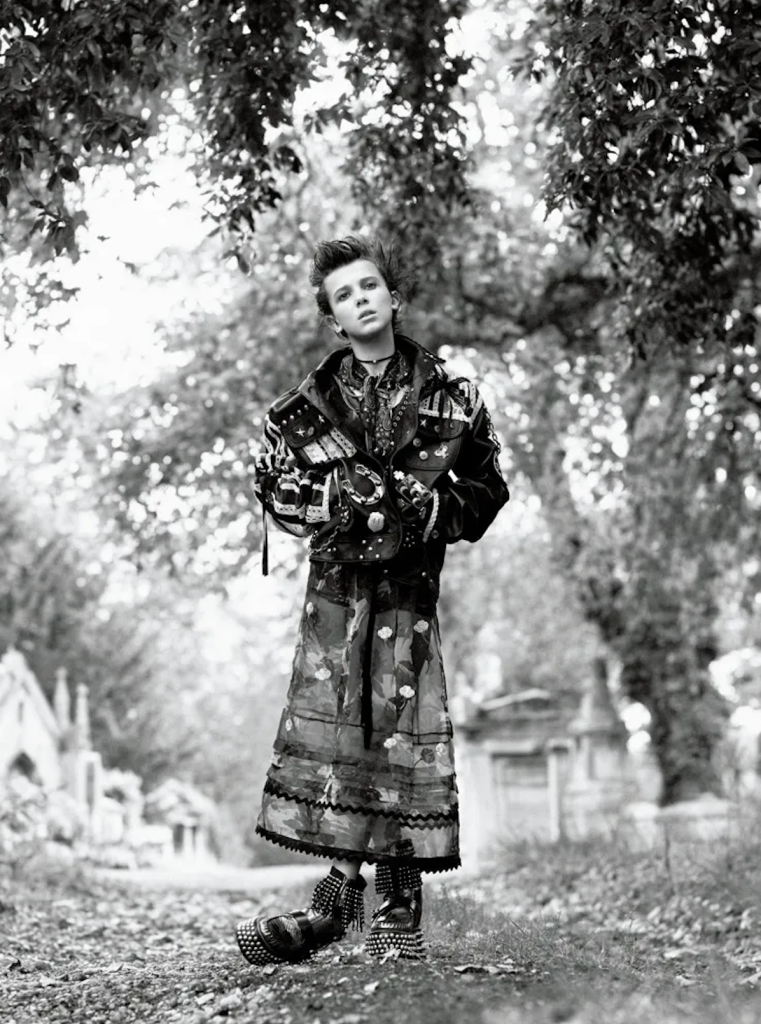
Other designers who have adopted punk stylizing in a trickle-up form include Zandra Rhodes, Thierry Mugler & Jean Paul Gaultier, punk is still seen today, both embodied in the musical subculture, thrown onto H&M’s renowned graphic tee’s and sometimes recircled into high fashion catwalks, adored by celebrities such as Cara Delevingnes & Millie Bobbie Brown.







